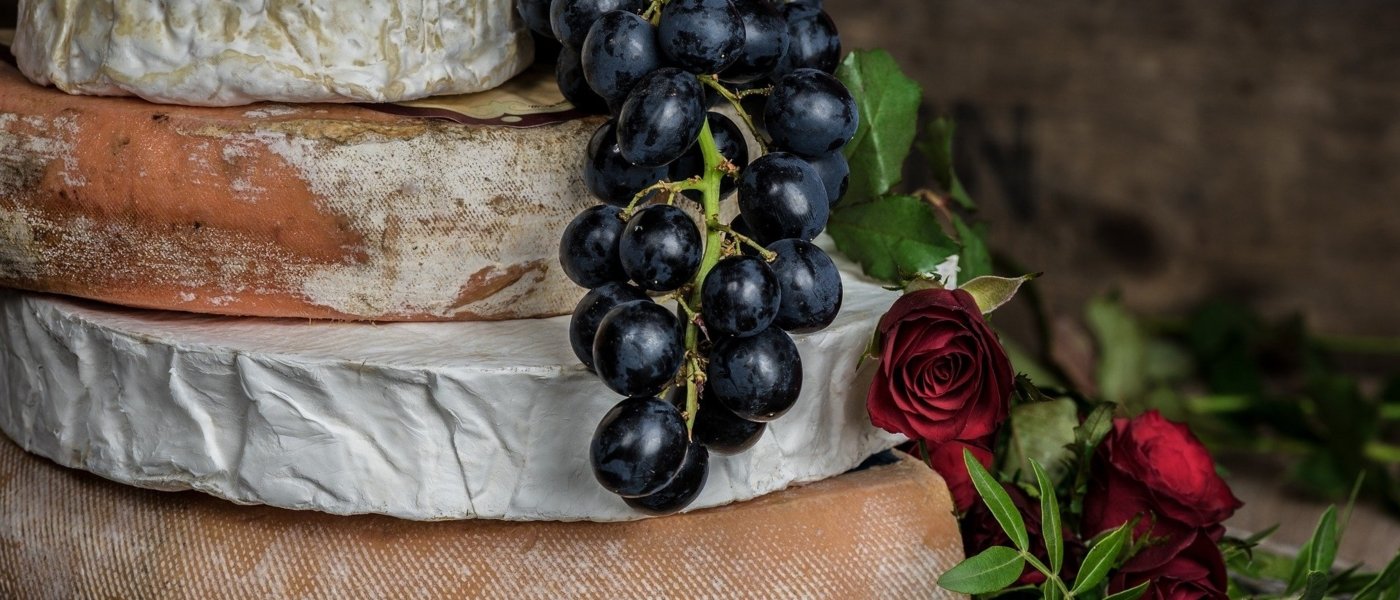Sicily has at times been called God’s Kitchen and if you visit the island, it’s not hard to see why. The island is a producer of wheat and citrus fruits and its landscapes teem with olive groves, carob trees, prickly pears, pistachios, capers and artichokes. The ingredients are all there to produce the dishes that make Sicilian cuisine of the most exciting and most richly diverse in Italy.
Sicilian wine reflects this embarassment of riches too. No matter what you choose to eat, you’ll find the perfect Sicilian wines to pair with your food.
Sicily has been called the California of Italy thanks to its warm, sunny climate and ability to produce consistent wines vintage after vintage. Its southern Mediterranean location and abundance of heat mean that it is perfect for growing the local Nero d’Avola variety, also known as Calabrese, for the production of deep, dark reds with flavours of plums and spice. It is also often blended with international varieties such as Merlot, Cabernet Sauvignon and Syrah to produce full-bodied reds that can really pack a punch. Perricone, also known as Pignatello in the Eloro DOC near Noto, is used to make full-bodied, deeply coloured and highly alcoholic wines. It may also be used to make rosé.
However, wine in Sicily is not only about big reds, there are also lighter reds such as those produced from the scented Frappato, which is also blended with Nero d’Avola in the Cerasuolo di Vittoria DOCG, the only DOCG on the island.
Sicily is home to active volcano Mount Etna, which hosts some of the highest vineyards in Italy producing both red and white wines with mineral undertones. Etna Rosso uses the local Nerello Mascalese and Nerello Cappuccio, whilst Etna Bianca has Carricante for the lion’s share. These wines are truly up and coming and have a real flair à la Siciliana. Wine may also be produced as varietals on Etna.
Sicilan wine comes in all colours, shapes and sizes. In addition to red wines, surprising for such a hot region, plenty of the wine of Sicily is white. Catarratto, the most common white variety is grown in many parts of the island, and is often also used to make Sicily’s most famous traditional export, Marsala, the fortified wine produced in the far west of the island around the town of the same name. A delicious, nutty treat, its dry versions often served chilled as an aperitif and its sweet incarnations as dessert wines. Sicilia wine’s palette of flavours also takes in the white varieties Grillo and Insolia, known as Ansonica in Tuscany, which may be used in blends or to produce crisp, fresh whites, perfect for sipping on the terrace on a hot Sicilian day or for pairing with some fish or seafood.
In ancient times and throughout history, Sicily has been renowned for its sweet wines, which are still produced in many areas around the region. Its most famous stickies are the luscious, apricot-scented Malvasia delle Lipari produced on the archipelago of islands lying off the north coast close to Milazzo, known as either the Lipari or Aeolian islands. Its other famous sweet treat is Passito di Pantelleria produced from Zibbibo, the local variant of Moscato di Alessandria on the sun-baked, wind-swept island of Pantelleria. Siracus and Noto also produce sweet Moscatos. Sicilians have a sweet tooth, so the islands sweet delicacies also make perfect partners for these nectars.
At Wine Paths, our team of local experts can help you learn more about the great range of wine from Sicily just waiting for you to discover.
If you're interested in one of our Sicily Wine Tours, please visit this link.






